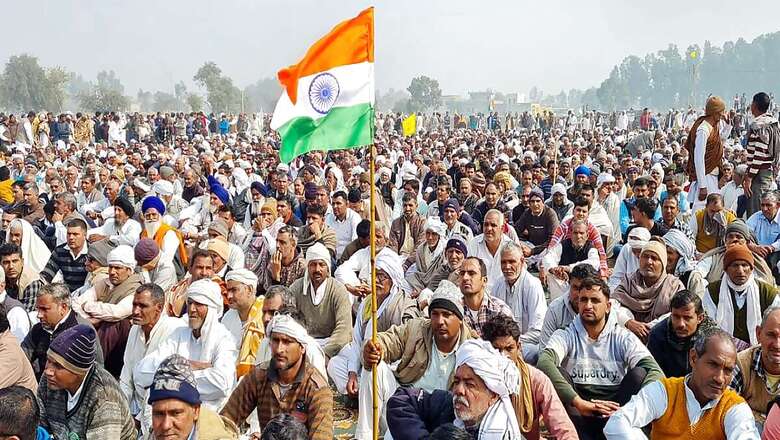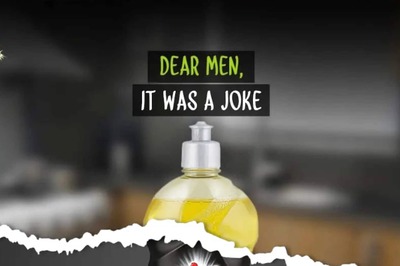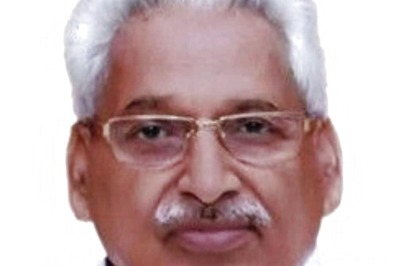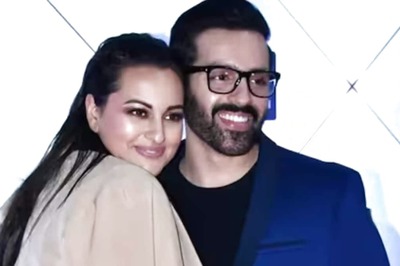
views
So what even if someone met with Khalistanis to prepare a toolkit for influencing global opinion about India? Show us the criminality in the strategy document itself or else there is nothing wrong about what happened. If you have to put up that kind of technical defense for your side, you have probably already gone too far.
It is a bit like an agent giving you a hundred reasons why their hot new investment opportunity is not a pyramid scheme. If they are at the point that they have to make that argument, you should probably stay away.
And yet, with zero self-awareness, a section of civil society has been making a very similar argument ever since Greta Thunberg accidentally let out the now infamous toolkit on Twitter. In newspapers, online portals and on television, they make their case based on technicalities, excuses and a refusal to see the big picture. They always assume the best of intentions on behalf of each accused individual. At worst, they say, the activists made an innocent mistake. How do they know that? Only one strategy document has come out so far, that too entirely by accident. What if there are others? Stop investigating, they say. Stop caring about the Khalistani angle. Makes you wonder why someone would be so eager to give benefit of doubt to Khalistanis like Mo Dhaliwal?
The question is this. Why are the folks, who have been wrong every step of the way, still telling us what to think? At each stage, their assumptions about the so called farmers’ protest proved wrong. After every stage, they adjusted their argument and came up with new excuses. Why have we let them move on each time? Instead of responding to new excuses, why not hold them accountable for what they said yesterday?
Let us look at the timeline of these protests. They began gathering ‘national’ attention somewhere around the end of November. We were told that these are just citizens who are protesting peacefully against a couple of new laws. As is their right. No disagreement there.
From the very beginning, people spotted disturbing images of Bhrindanwale and incendiary speeches invoking separatist sentiments. But, we were assured, those are just exceptions.
Then, the protesters blocked all the arterial highways around Delhi. The arguments in favor shifted immediately. The right to protest peacefully was quickly expanded to include the right to deny highway access to everyone else. The blockade caused extreme hardship to common people and thousands of crores of business losses. That too at a time when the economy was just trying to recover from Covid. But, they said, they’ve blocked some highways. So what?
Soon after, the attacks on mobile phone towers began. Bands of supposed protesters across Punjab and parts of Haryana started destroying telecom infrastructure. But, their apologists assured us, there is nothing to worry. So a few of them have turned to vandalism. So what?
Not surprisingly, ignoring such criminality and/or actually pandering to it made things worse. On Republic Day, we saw swords being used against the police. In one particularly shocking video, we saw policemen being chased into a ditch as so called protesters ride their big wheels in pursuit of them. Even that failed to shake the conscience of the apologists. So a few of them have turned violent. But, they said, so what?
Then, the so called protesters stormed the ramparts of the Red Fort, where they raised another flag. The mental gymnastics used to defend this were truly baffling. Some insisted that the national flag had not been disrespected at all, because the protesters had mounted an empty flagpole. It happened to be the one where the Prime Minister raises the flag on the 15th of August every year, but so what?
Then, February arrived. And with it, global celebrities focusing international attention on it through their tweets. When the government and its sympathizers appeared to react, they were mocked. Some foreigners expressed their opinions about India, but so what?
Then, we learned there was a toolkit and hence a coordinated campaign. The defense mechanism was adjusted immediately. Even if there was a coordinated campaign from abroad, so what?
Then, people began to read through this toolkit. It became clear that the target was not any specific policy, but India as a whole. Disrupt the ‘yoga and chai’ image of India, it said. Neither yoga nor chai has anything to do with party politics or government policy. They have to do with how Indians are perceived as people. The defenses were updated. Even if there is a coordinated campaign to destroy India’s image, so what?
When the police decided to investigate who was behind the toolkit, they were mocked again. As it turns out, the toolkit was linked to Khalistani groups who could not have been up to any good. This was egg on the face of those who did not want the case to be investigated, but it still didn’t matter. Like a ponzi scheme, the defenses continue, discarding yesterday’s argument for a new set of excuses.
So far, the protesters have blocked the highways, stormed the Red Fort, turned swords on policemen and chased them into a ditch. How much of turning the other cheek is enough? The government has also suspended the farm laws themselves for 18 months and invited the protesters to discuss the matter clause by clause during this period. How much of an accommodating stance is enough? At which point do they accept that the government is not ‘fascist’? Will they ever?
Only the courts can decide who is guilty. But the way we perceive things and let the narratives continue says a lot about us as a society.
At this point, we have to ask the apologists if there is an end point somewhere. Is there anything the protesters could do which would make their apologists stop making excuses for them? And if the answer is that no rules apply to the protesters, we know where we stand.
Read all the Latest News, Breaking News and Coronavirus News here

















Comments
0 comment